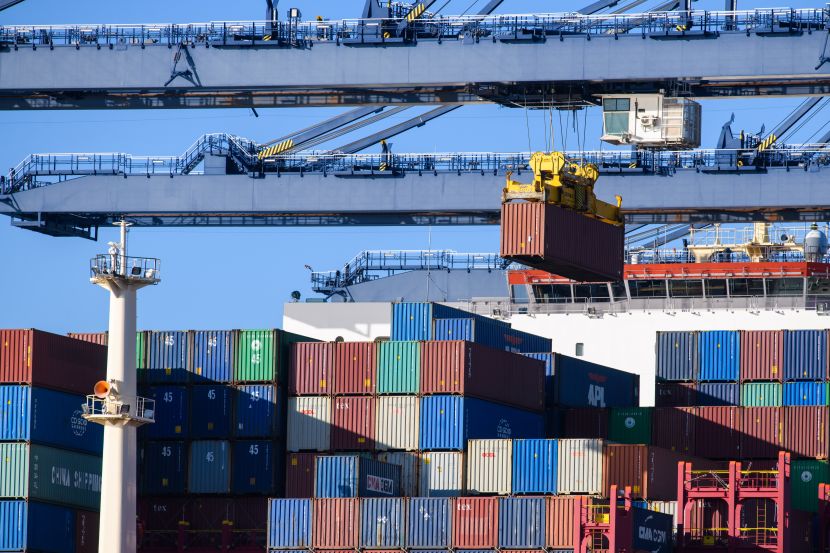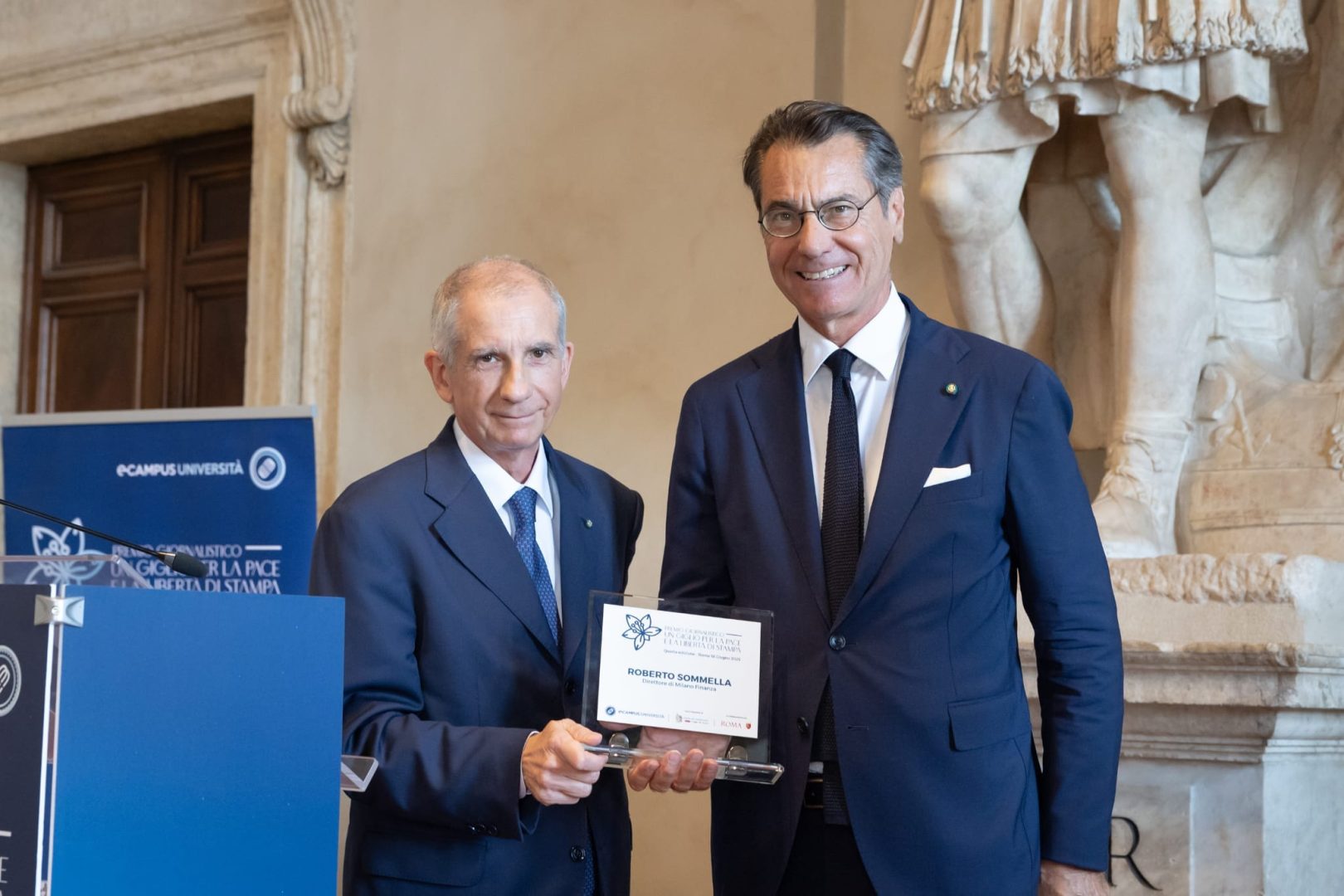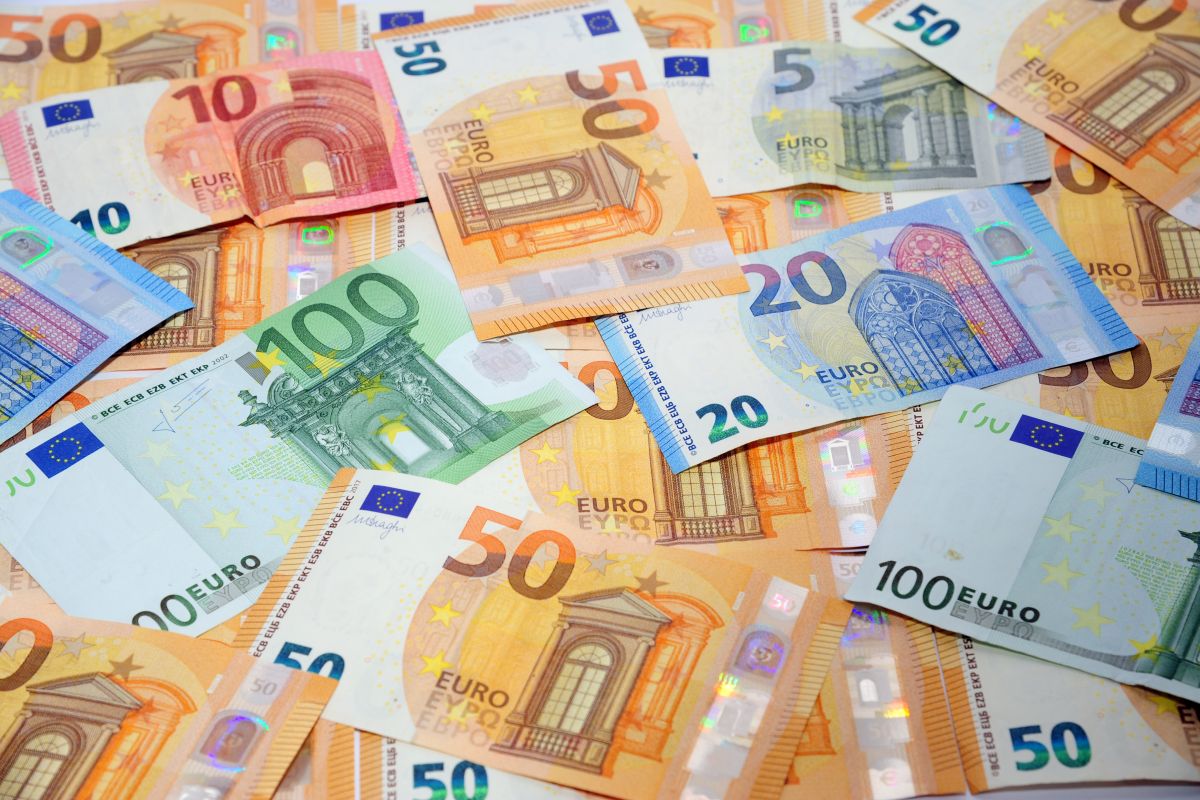ROMA (ITALPRESS) – In 2023 foreign control companies in Italy amounted to 0.4% of resident companies, employ 9.8% of employees, produce 21.0% of turnover and 17.5% of the added value of Industry and Services. Relevant is their weight in trade with foreign goods and private spending in R&S intra-muros. 42.2% of turnover produced abroad by Italian multinationals is destined for markets other than the Italian subsidiary’s localization country. High exports to Italy are confirmed in the traditional sectors of Made in Italy. In Industry, the possibility of accessing new markets is the prevailing motivation to make new investments abroad for three out of four of the Italian multinational groups. Among other reasons: the increase in quality and development of new products (one out of four) and access to new specialized technical knowledge or skills (one out of five). Istat report on multinational companies.
Coming from 106 countries, foreign multinationals are active in Italy in 2023 with 18,825 subsidiaries (+2.1% compared to 2022), employ more than 1.8 million employees (+4.2%), bill 887 billion euros (-2.3%), produce over 188 billion added value (+8.3%) and support intra-muros research and development spending of more than 6 billion (+6.8%). Foreign subsidiaries operate mainly in the Services (71.7%) but their presence remains relevant also in Industry (28.3%). The turnover of foreign multinationals in industry accounts for 41.3% of total turnover in foreign control, down from 2022 (46.7%). In 2023 the contribution of foreign multinationals to the main national economic aggregates remains stable compared to 2022: 9,8% of employees (+0.1 percentage points compared to 2022), 21,0% of turnover (+0.0 p.p.), 17,5% of the added value (+0.1 p.p.). In increase and equal to 38.3% their contribution to expenditure in Research and Development (+0.7 p.p.). Italian multinationals confirm their presence abroad in 171 countries with 25,273 subsidiaries (-0.9% compared to 2022) occupying more than 1.7 million employees (- 2.6%) with a turnover of 560 billion (+1.3%). In particular, turnover net of purchases in goods and services for companies in industry and non-financial services increased by 14.9% compared to 2022.
Italian affiliates abroad active in the Industry are 10,144 units, compared to 15,129 affiliates active in the Services. However, the predominantly industrial vocation of Italian investments abroad is confirmed both in terms of number of employees and in terms of turnover. In fact, Italian-controlled industrial enterprises operating abroad employ 914 thousand employees (53.3% of the total workforce employed abroad by Italian multinationals) and realize 285 billion turnover (50.9% of the foreign turnover of Italian multinationals). Compared to 2022, the most dynamic sectors are the manufacture of basic pharmaceutical products and pharmaceutical preparations (+11.0% of turnover and +3.3% of employees), the manufacture of other means of transport (+4.5% and +23,6%) and professional, scientific and technical activities (+10.9% and +11.7%). The average size of enterprises belonging to multinational groups is high both for foreign subsidiaries in Italy (97,5 employees) and for Italian subsidiaries abroad (67,9 employees), compared to other companies resident in Italy (3,6 employees). Even in view of the structural differences in the average size of enterprises, productivity, measured as an added value per employee is, on average, higher for enterprises belonging to multinational foreign groups (102,6 thousand euros) than the remaining companies resident in Italy (63,8 thousand euros). In 2023, exports of goods activated by companies belonging to multinational foreign groups present in Italy exceed 203 billion euros, recording a low increase (+1.6%) compared to 2022, while imports, with over 228 billion, show a decline of 9.8%. These companies contribute significantly to the Italian trade exchange and in fact carry out 35.8% of national exports of goods (+0.7 p.p. compared to 2022) and activate 49.7% of imports, (+0.2 p.p.).
The manufacturing sectors most affected by the presence of foreign multinationals in international trade with foreign countries are the same for both exports and imports: extraction of minerals from quarries and mines (67.9% for export and 58.6% for import), manufacture of basic pharmaceutical products and pharmaceutical preparations (61.4% and 71.2%) and manufacture of motor vehicles, trailers and semitrailers (60.9% and 67.9%). Intra-group trade flows amount to 49.5% for exports and 64.7% for imports of foreign multinationals. In intra-group exports the highest quotas are in the manufacture of motor vehicles, trailers and semi-trailers (73.8%), in the packaging of clothing and manufacture leather goods (72.9%) and in the manufacture of computers and electronic and optical products, electromedical equipment, measuring equipment and watches (69%). In intra-group imports relevant values are in the wood and cork (excluding furniture) industry and manufacture of straw and plating materials (78.7%) and in the manufacture of computers and electronic and optical products, electromedical equipment, measuring equipment and watches (66.1%). Foreign affiliates of Italian multinationals export 42.2% of their turnover to markets other than the company’s localization country, but in some sectors this value is far higher: manufacture of leather and similar articles (91.4%), textiles and clothing packaging (78.2%) and furniture and other manufacturing industries (72.5%).
Relevant export quotas are confirmed to Italy on the turnover of Italian subsidiaries abroad in the traditional sectors of Made in Italy: 51.1% for textile industries and clothing packaging, 49.5% for the manufacture of leather and similar articles and 31.9% for the manufacture of furniture and other industries (Figure 1). On the contrary, the share of turnover destined to the foreign country in which the production is carried out is particularly relevant in the manufacture of other products of the processing of non-metallic minerals (75.6%), in the wood, printing and reproduction industry (70.1%), and in the manufacture of electrical equipment and non-electric household equipment (70.1%).
– photo IPA Agency –
(ITALPRESS).






